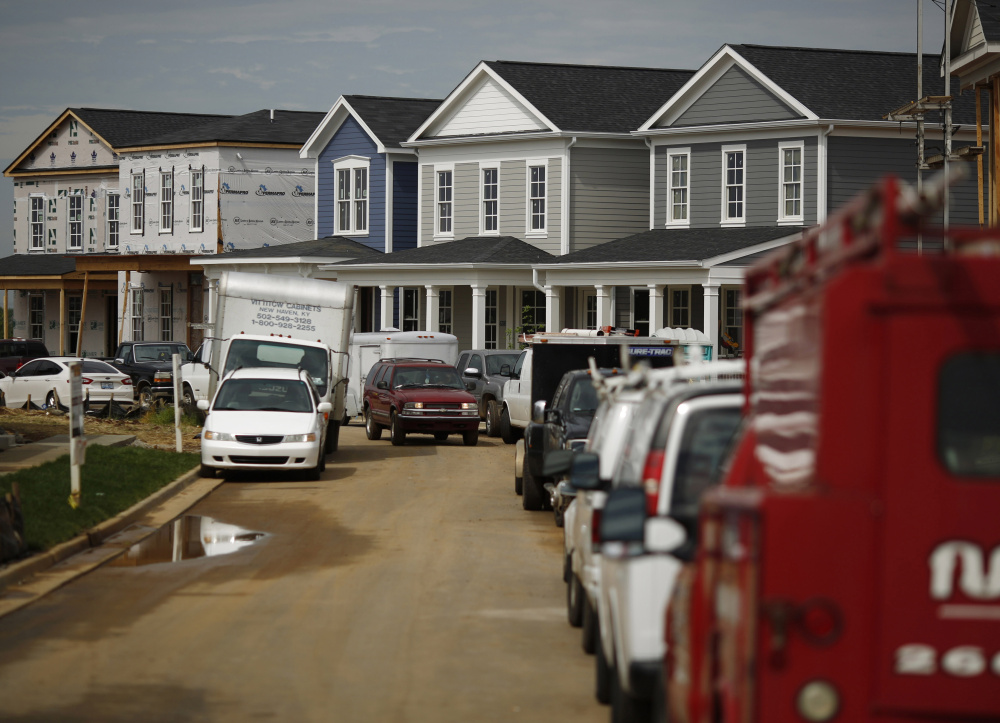A decent two-bedroom rental today will cost you on average more than you could afford working full time earning the local minimum wage everywhere in the United States – in every state, every county, every metropolitan area. No matter how you draw the geography. Whether you live in Sioux Falls or San Francisco.
What the government considers to be a local “fair market rent” for a two-bedroom would eat up more than 30 percent of a minimum-wage worker’s earnings. This fact, from updated data annually compiled by the National Low Income Housing Coalition, addresses a small number of scenarios. Most renters make more than the minimum wage. And many workers who do may not need two bedrooms or rely on just one income.
But the national pattern – the minimum wage isn’t really a “housing wage” anywhere, even at 40 hours a week – hints at the difficulty of being a low-income single parent. And it’s just the most dire expression of an affordable housing crunch affecting renters much further up the income spectrum, too.
Most renter households making 30 percent of the local median income couldn’t afford a fair-market two-bedroom, either. And even median-income renter households can’t in much of the country.
In the District of Columbia, the median renter household makes about $47,000 a year. Fair-market rent for a two bedroom (including utilities) would gobble up about 41 percent of those gross earnings – above what economists would consider “affordable.”
In Philadelphia, a decent two-bedroom would take up 53 percent of the median renter income. In the Bronx, it would take up 66 percent. Median incomes and local rents vary dramatically across the country. But in most of the United States outside the Great Plains, the former isn’t enough to afford the latter.
Of course, people find a way to get by despite these prices. Families crowd into smaller, cheaper units than what they need. Or they wind up paying far more than 30 percent of their income on housing, curbing other expenses such as health care, food and transportation. Or they settle for substandard housing that costs well below what the Department of Housing and Urban Development would consider “fair market.” (The federal agency sets these rates each year to help determine subsidy levels of programs such as housing vouchers.)
Increasingly, lower-income renters in particular are having to make such concessions as rents have risen and wages have stagnated, and as the rental market has grown more crowded. Even a median income isn’t protection against high housing costs in many parts of the country.
Copy the Story LinkSend questions/comments to the editors.



Success. Please wait for the page to reload. If the page does not reload within 5 seconds, please refresh the page.
Enter your email and password to access comments.
Hi, to comment on stories you must . This profile is in addition to your subscription and website login.
Already have a commenting profile? .
Invalid username/password.
Please check your email to confirm and complete your registration.
Only subscribers are eligible to post comments. Please subscribe or login first for digital access. Here’s why.
Use the form below to reset your password. When you've submitted your account email, we will send an email with a reset code.